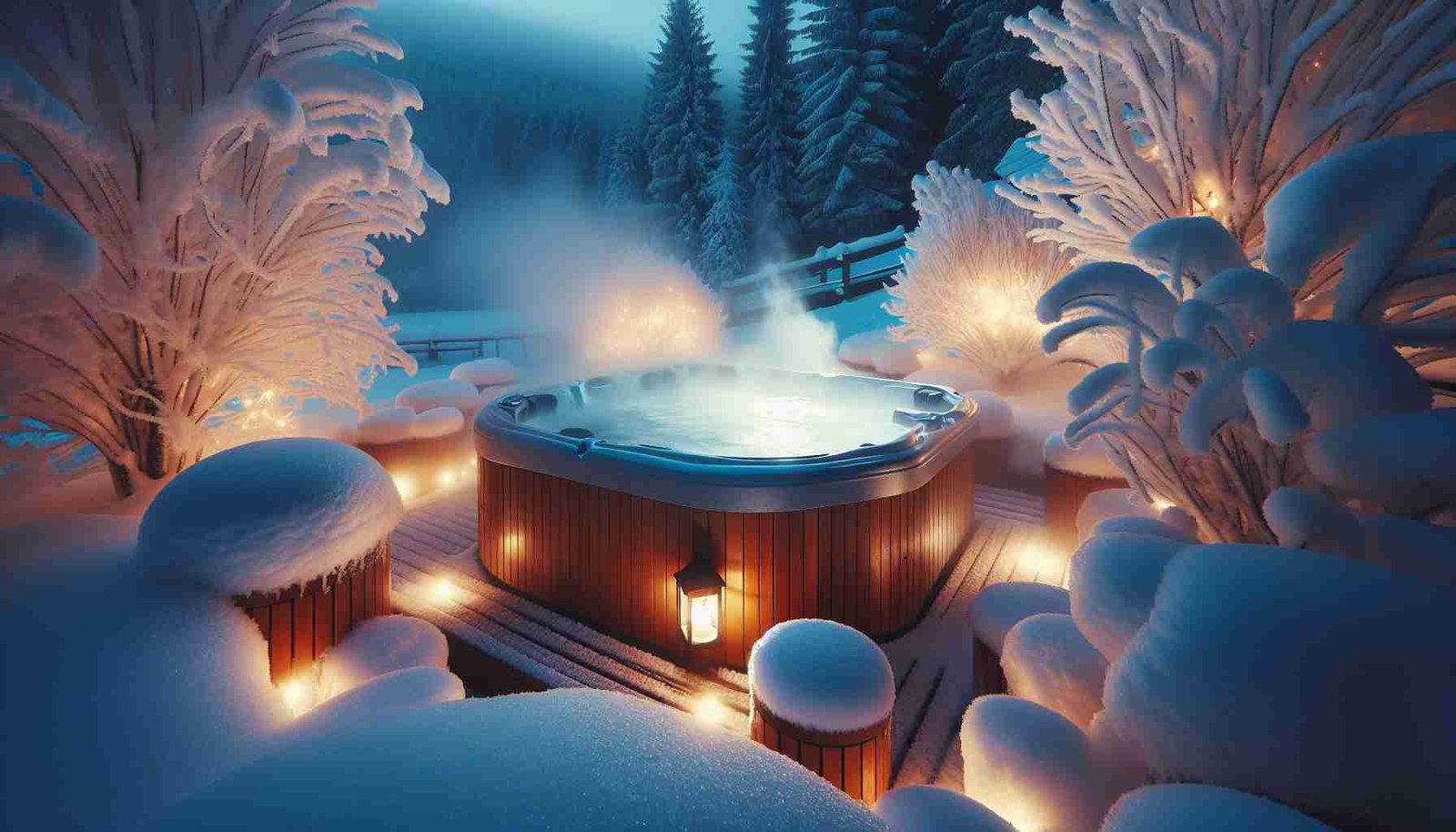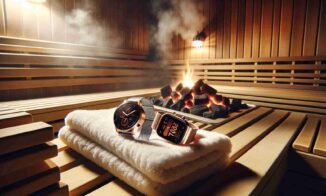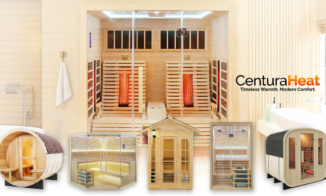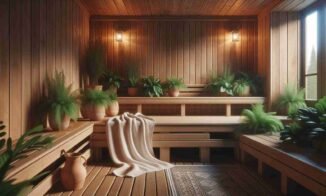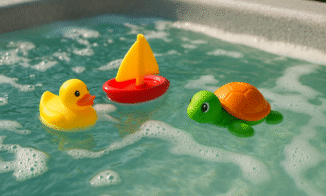How to Safely Enjoy Your Hot Tub in Winter
Winter brings a calm that makes slipping into a steaming hot tub even more appealing. The contrast of icy air and warm water can ease tension and lift your mood, but a few smart tweaks make the experience safer, more comfortable, and more energy-efficient. This guide covers winter prep, water care, safety habits, and practical ways to control running costs — so you can keep soaking all season.
Prepare Your Hot Tub for Cold Weather
Improve insulation
Cold air drives heat loss, which means higher bills if you don’t control it. Add aftermarket insulation around the cabinet and pipework, and make sure your cover seals tightly with no sagging or tears. For broader, evidence-based ways to cut heat loss at home, see the Energy Saving Trust’s guidance on reducing home heat loss:
Energy Saving Trust – Home insulation to reduce heat loss
Check and maintain the cover
A high-quality, insulated cover is non-negotiable in winter. Wipe the underside to prevent mildew, clear snow before opening, and replace the cover if it’s waterlogged or cracked — heavy covers leak heat fast.
Protect the equipment bay
Wind-proof the equipment area and check for drafts. If your tub sits in a particularly exposed spot, a simple windbreak or screen reduces convective heat loss and improves comfort when you get in and out.
Adjust Water Care for Winter
Balance and sanitise
Cold air can slow sanitizer efficiency. Test water twice weekly, keep pH in range (typically 7.2–7.6), and maintain bromine or chlorine at recommended levels. Balanced water helps prevent cloudiness, scale, and corrosion that winter can accelerate.
Stay on top of filtration
Rinse filters weekly and deep-clean monthly. Increased holiday use plus colder air can load filters quicker than you think.
Mind your temperature
For comfort and efficiency, aim for the typical 37–40 °C range. If you’re weighing small tweaks for energy use or personal comfort, this guide breaks down the details:
What’s the ideal hot tub temperature in the UK?
Stay Safe While You Soak
Prevent slips and trips
Icy decks and steps are the biggest winter hazard. Clear snow and ice, use non-slip mats, add handrails if needed, and make sure the path from door to tub is well lit. RoSPA’s hot-tub safety guidance reinforces simple habits like limiting time, staying hydrated, and keeping young children out of hot tubs:
RoSPA – Hot tub safety tips
Ease in, ease out
Going from freezing air to hot water too quickly can spike your heart rate. Wear a warm robe, enter gradually, and keep sessions to 15–20 minutes. When you’re done, dry off and get warm straight away.
Hydrate and skip alcohol
Heat dehydrates. Drink water before and after your soak and avoid alcohol, which raises the risk of dizziness and slips.
Cut Running Costs Without Killing the Vibe
Keep a steady set-point
Letting the tub cool to ambient between uses sounds thrifty but often costs more. Maintaining a stable temperature avoids energy-intensive reheating and keeps the system ready on demand.
Use timers and simple routines
If your tariff has cheaper off-peak hours, schedule heating cycles to align with them and plan soaks accordingly. Short, regular sessions are more efficient than long, sporadic ones.
Upgrade when it makes sense
Modern spas with full-foam insulation, efficient pumps, and well-sealed covers hold heat better and run quieter. If you’re looking at a replacement or a first tub built for year-round use, start here:
Explore hot tubs at Pro-Line Direct
Winter Hot Tub Checklist
-
Inspect cabinet insulation and cover seals monthly
-
Test water twice weekly; clean filters weekly
-
Clear ice and snow before each use; add mats and lighting
-
Limit soaks to 15–20 minutes; hydrate before and after
-
Keep temperature steady (typically 37–40 °C)
Final Thoughts
With the right prep, your hot tub can become the highlight of winter. Focus on insulation and cover care, stay on top of water balance, build simple safety habits into your routine, and use smart scheduling to control costs. Do that and you’ll get all the comfort without the headaches — crisp air, warm water, and stress off your shoulders.

